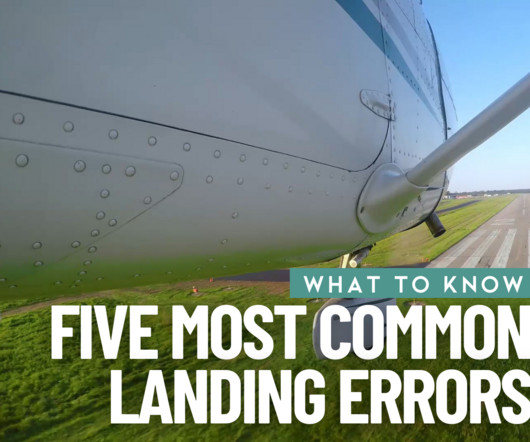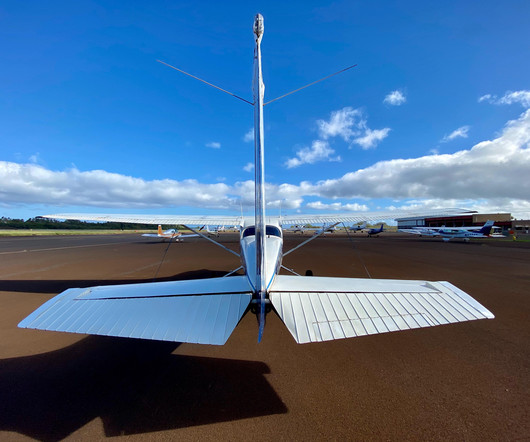Overcoming the Five Most Common Landing Errors
Flight Training Central
JANUARY 27, 2025
From misjudging the flare to battling crosswinds, these mistakes can challenge pilots of all experience levels. By adding power, thrust can be increased to keep the airspeed from decelerating too rapidly and the wings from suddenly losing lift, but throttle must be closed immediately after touchdown.












Let's personalize your content